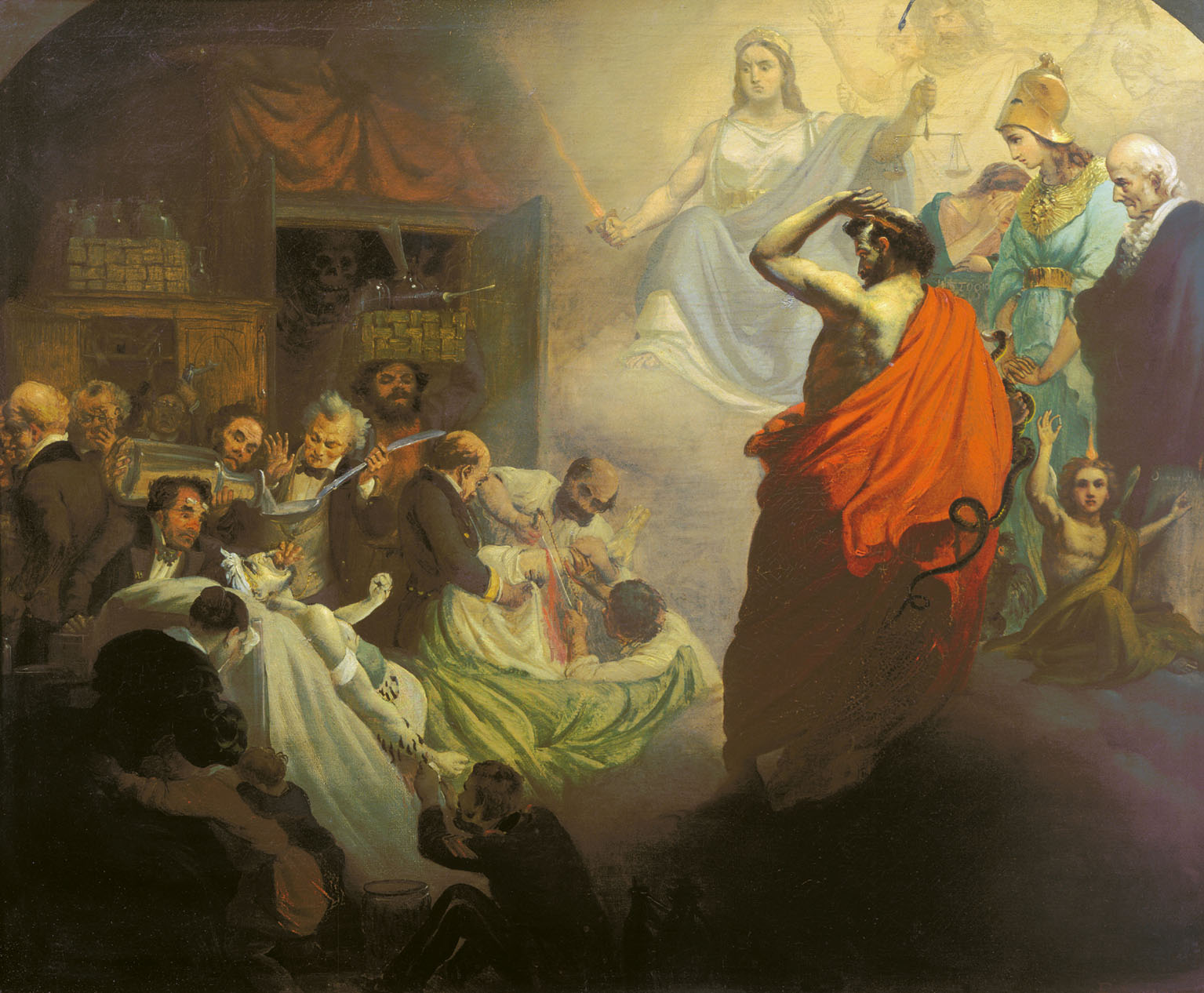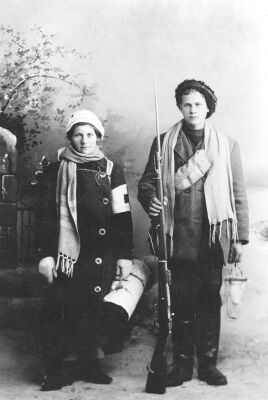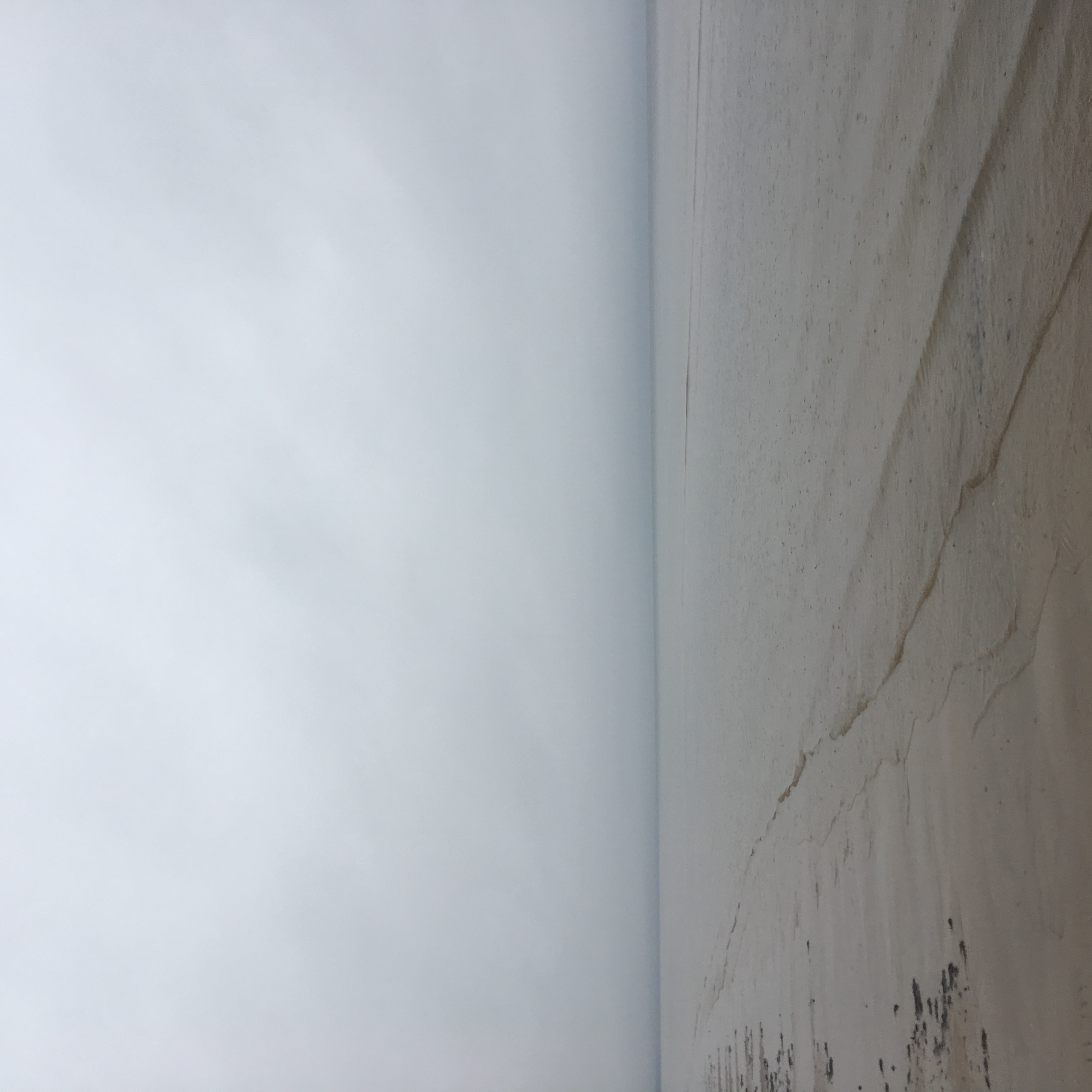|
Hans Kalm
Hans Kalm (21 April 1889 – 1 February 1981) was an Estonian soldier who served in the armies of Russian Empire, Finland and Estonia. He was also a homeopath and naturopath who took an interest in alternative medicine. World War I and Finnish Civil War Kalm was born to a farmer's family in the village of Kotsama in Kõo Parish (now Põhja-Sakala Parish in Estonia) in the Kreis Fellin of the Governorate of Livonia. His last name is connected with the old Finno-Ugric word , meaning 'death'. According to a family legend, one of Kalm's forefathers survived the Black Death by hiding in a remote cemetery island and therefore changed his name. Kalm was recruited by the Imperial Russian Army in 1914 and fought in the First World War in the Gulf of Riga. After the 1917 Russian Revolution he fled to Finland and joined the White Guards. In the 1918 Finnish Civil War he led a battalion mostly composed of the students of two park ranger colleges from Ähtäri and Evo.Heinämäki, Jaakko: ... [...More Info...] [...Related Items...] OR: [Wikipedia] [Google] [Baidu] |
Pohjan Pojat
(; ; ) was a Finland, Finnish military brigade in 1918–1919, the second group of Finns, Finnish volunteers to enlist to take part in the Estonian War of Independence and sometimes the Latvian War of Independence, closely following behind the regiment led by Colonel Martin Ekström. Pohjan pojat fought under the command of Estonian Lieutenant Colonel Hans Kalm on the southern front in Estonia. Pohjan Pojat was the only Finnish military unit that progressed outside the Estonian national borders in the Estonian War of Independence. Establishment As soon as the Finnish Commission for helping Estonia had decided on the formation of volunteer forces, Hans Kalm started recruiting volunteers. He published direct and emotional recruitment announcements in newspapers on December 23, 1918, in which he appealed to his comrades-in-arms during the Finnish Civil War. The announcements called on Finns to fight for humanity, justice, the freedom of the homeland and the fraternal people. ... [...More Info...] [...Related Items...] OR: [Wikipedia] [Google] [Baidu] |
Kreis Fellin
Viljandi County (; , ) was a historic county in the Governorate of Livonia, and in the Republic of Estonia dissolved during the administrative territorial reform of the Estonian SSR in 1949. It was situated in the northern part of the governorate (in present-day southern Estonia). Its capital was Viljandi (''Fellin''). The territory of the old Viljandi County corresponds to the most part of the present-day Viljandi County and parts of Järva, Jõgeva and Valga counties. Demographics At the time of the Russian Empire Census of 1897, Viljandi County had a population of 99,747. Of these, 97.1% spoke Estonian, 1.8% German, 0.5% Russian, 0.3% Yiddish Yiddish, historically Judeo-German, is a West Germanic language historically spoken by Ashkenazi Jews. It originated in 9th-century Central Europe, and provided the nascent Ashkenazi community with a vernacular based on High German fused with ..., 0.1% Latvian and 0.1% Romani as their native language. References ... [...More Info...] [...Related Items...] OR: [Wikipedia] [Google] [Baidu] |
Homeopathy
Homeopathy or homoeopathy is a pseudoscientific system of alternative medicine. It was conceived in 1796 by the German physician Samuel Hahnemann. Its practitioners, called homeopaths or homeopathic physicians, believe that a substance that causes symptoms of a disease in healthy people can cure similar symptoms in sick people; this doctrine is called ''similia similibus curentur'', or "like cures like". Homeopathic preparations are termed ''remedies'' and are made using homeopathic dilution. In this process, the selected substance is repeatedly diluted until the final product is chemically indistinguishable from the diluent. Often not even a single molecule of the original substance can be expected to remain in the product. Between each dilution homeopaths may hit and/or shake the product, claiming this makes the diluent "remember" the original substance after its removal. Practitioners claim that such preparations, upon oral intake, can treat or cure disease. All relevant ... [...More Info...] [...Related Items...] OR: [Wikipedia] [Google] [Baidu] |
Kuhmoinen
Kuhmoinen () is a municipality of Finland, in Pirkanmaa region, but until 2021, it was part of the Central Finland region. The municipality is home to inhabitants. Neighbour municipalities are Jämsä, Kangasala, Luhanka, Orivesi, Padasjoki and Sysmä Sysmä () is a municipalities of Finland, municipality of Finland. It is situated in the Päijät-Häme regions of Finland, region. The municipality has a population of () and covers an area of of which is water. The population density is . Ne .... The municipality is unilingually Finnish. Kuhmoinen is a municipality very much preferred by summer residents, and the municipality's population increases fivefold during the summer months. Nature There are altogether even 316 lakes in Kuhmoinen. Kuhmoinen lies on the west coast of Lake Päijänne. Biggest lakes in Kuhmoinen after Päijänne are Vehkajärvi and Isojärvi. Isojärvi National Park resides in Kuhmoinen on the south side of Lake Isojärvi. History Kuhmoinen ... [...More Info...] [...Related Items...] OR: [Wikipedia] [Google] [Baidu] |
Red Guards (Finland)
The Red Guards (, ; ) were the paramilitary units of the labour movement in Finland during the early 1900s. The Red Guards formed the army of Red Finland and were one of the main belligerents of the Finnish Civil War in 1918. The Red Guards were first established during the 1905 general strike but disbanded a year later until they were re-established after the February Revolution in 1917. The combined strength of the Red Guard was about 30,000 at the beginning of the Civil War, peaking at between 90,000 and 120,000 during the course of the conflict, including more than 2,000 members of the Women's Guards. The Red Guards were defeated in Finland by the Whites in May 1918 and around 80,000 were captured as prisoners of war, where 12,000 to 14,000 of them died in the post-war prison camps due to disease, malnutrition, and execution. Most Red Guards were pardoned by the Government of Finland in late 1918. Approximately 10,000 to 13,000 Red Guards fled to Soviet Russia wher ... [...More Info...] [...Related Items...] OR: [Wikipedia] [Google] [Baidu] |
Ähtäri
Ähtäri () is a town and municipality of Finland. It is located in the South Ostrobothnia region. The town has a population of () and covers an area of of which is water. The population density is . Ähtäri is located southeast of Seinäjoki. The municipality is unilingually Finnish. Ähtäri is known for its zoo and hotel Mesikämmen designed by Timo and Tuomo Suomalainen which is partly built within bedrock. The biggest lake in the area is Ähtärinjärvi. There is also a relatively old and small board mill called Vääräkosken Pahvi in Ähtäri. The largest private sector employers are Inhan Tehtaat, Silver-Veneet, Tankki, and Muovilami. Notable people * Anton Collin, cross country skier and road cyclist * Eero Hiironen, sculptor and painter * Kari Hirvonen, singer and Tango King * Aki Hintsa, sports physician and orthopedic surgeon * Toivo Korpela, preacher and speaker; fervent Laestadian and founder of the Korpela movement * Niko Korsumäki, Snowcrossing Wo ... [...More Info...] [...Related Items...] OR: [Wikipedia] [Google] [Baidu] |
Park Ranger
A ranger, park ranger, park warden, field ranger, or forest ranger is a person entrusted with protecting and preserving parklands and Protected area, protected areas – private, national, state, provincial, or local parks. Their duties include (but are not limited to) law enforcement, wildlife and land management, community engagement and education, recreation area maintenance, and firefighting. Rangers monitor wildlife, remove snares, confront and arrest poachers, identify and remove invasive species, and much more. Description "Parks" in this context may be broadly defined by some systems in this context and may include forests, wildlife preserves, deserts, beaches, and even protected culturally/historically important manmade environments and monuments. Park rangers are not limited to working in the natural environment. Different countries use different names for this occupation. ''Warden'' is the favored term in Canada, Republic of Ireland, Ireland, United Kingdom, the Unite ... [...More Info...] [...Related Items...] OR: [Wikipedia] [Google] [Baidu] |
White Guards (Finland)
The White Guard, officially known as the Civil Guard (, ; ; ), was a voluntary militia, part of the Finnish Whites movement, that emerged victorious over the socialist Red Guards in the Finnish Civil War of 1918. They were generally known as the "White Guard" in the West due to their opposition to the "communist" Red Guards. In the White Army of Finland many participants were recruits, draftees and German-trained Jägers – rather than part of the paramilitary. The central organization was named the White Guard Organization, and the organization consisted of local chapters in municipalities. The Russian Revolution of 1905 led to social and political unrest and a breakdown of security in Finland, which was then a Grand Duchy under the rule of the Russian Tsar. Citizen militias formed as a response, but soon these would be transformed along political (left-right) lines. The Russian Revolution of 1917 and the subsequent independence of Finland (declared in December 1917) also c ... [...More Info...] [...Related Items...] OR: [Wikipedia] [Google] [Baidu] |
Russian Revolution
The Russian Revolution was a period of Political revolution (Trotskyism), political and social revolution, social change in Russian Empire, Russia, starting in 1917. This period saw Russia Dissolution of the Russian Empire, abolish its monarchy and adopt a socialist form of government following two successive revolutions and Russian Civil War, a civil war. It can be seen as the precursor for Revolutions of 1917–1923, other revolutions that occurred in the aftermath of World War I, such as the German Revolution of 1918–1919. The Russian Revolution was a key events of the 20th century, key event of the 20th century. The Russian Revolution was inaugurated with the February Revolution in 1917, in the midst of World War I. With the German Empire inflicting defeats on the front, and increasing logistical problems causing shortages of bread and grain, the Russian Army was losing morale, with large scale mutiny looming. Officials were convinced that if Tsar Nicholas II abdicated ... [...More Info...] [...Related Items...] OR: [Wikipedia] [Google] [Baidu] |
Gulf Of Riga
The Gulf of Riga, Bay of Riga, or Gulf of Livonia (, , ) is a bay of the Baltic Sea between Latvia and Estonia. The island of Saaremaa (Estonia) partially separates it from the rest of the Baltic Sea. The main connection between the gulf and the Baltic Sea is the Irbe Strait. The Gulf of Riga, as a sub-basin of the Baltic, also includes the Väinameri Sea in the West Estonian archipelago. Geography Extent The International Hydrographic Organization defines the Gulf of Riga's western limit as "A line running from Lyser Ort (57°34'N), in Latvia, to the South extreme of Saaremaa, through this island to Pammana (22°34'E), thence to Emmaste Point, the S extreme of Hiiumaa, through Hiiumaa to Tahkuna Point, the North extreme thereof, and on to Spithamn Point in Estonia". Islands Major islands in the gulf include Saaremaa, Kihnu, and Ruhnu, which are all in Estonian territory. Kihnu covers an area of . Saaremaa island is responsible for the brackish water of the ... [...More Info...] [...Related Items...] OR: [Wikipedia] [Google] [Baidu] |
First World War
World War I or the First World War (28 July 1914 – 11 November 1918), also known as the Great War, was a World war, global conflict between two coalitions: the Allies of World War I, Allies (or Entente) and the Central Powers. Fighting took place mainly in European theatre of World War I, Europe and the Middle Eastern theatre of World War I, Middle East, as well as in parts of African theatre of World War I, Africa and the Asian and Pacific theatre of World War I, Asia-Pacific, and in Europe was characterised by trench warfare; the widespread use of Artillery of World War I, artillery, machine guns, and Chemical weapons in World War I, chemical weapons (gas); and the introductions of Tanks in World War I, tanks and Aviation in World War I, aircraft. World War I was one of the List of wars by death toll, deadliest conflicts in history, resulting in an estimated World War I casualties, 10 million military dead and more than 20 million wounded, plus some 10 million civilian de ... [...More Info...] [...Related Items...] OR: [Wikipedia] [Google] [Baidu] |






